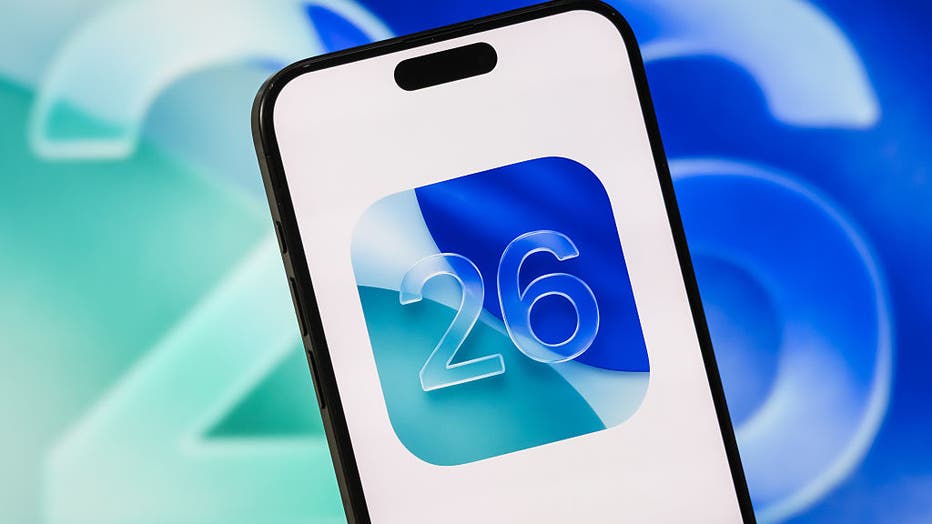
Apple’s biggest product releases through the years
Apple’s marketing machine is almost as effective as its skilled engineers. In this LiveNOW & Then full episode, we look back at how the media has covered the tech company, from its IPO in 1980 to its iconic status today.
LOS ANGELES – Parents will soon have more control over their children’s digital lives.
In a sweeping update coming this fall with iOS 26 and other Apple software releases, the company is introducing several new tools aimed at helping families manage safety, privacy, and age-appropriate access across devices.
The features include expanded parental approvals for who kids can contact via text or FaceTime, new options to share a child’s age range with apps (without revealing personal details), and more detailed age ratings on the App Store.
What are the new parental controls in iOS 26?
What we know:
Apple has long offered Child Accounts through Family Sharing. But with the new updates, parents will find it easier to set up those accounts, apply default safety settings from the start, and convert standard Apple IDs into child-managed accounts.
Parents of children under 13 will now be prompted to connect those accounts to their Family group, ensuring protections like app limits and web filters are automatically enabled. Even teens aged 13 to 17 will now receive default safety protections—such as content filters and Apple’s Communication Safety tool—regardless of how their account was originally created.
What we don’t know:
It’s still unclear how app developers will adopt Apple’s new age-range and communication permission tools—or how consistently those tools will function across third-party platforms.
Apple has not detailed how enforcement will work if developers misuse age-range data, nor has it specified whether these new controls will apply retroactively to existing accounts or apps already in use.
The exact rollout timeline for some features, and how they’ll be integrated across Apple’s international markets, also remains to be seen.
How will age range sharing with apps work?
Why you should care:
A major new feature will allow parents to share their child’s age range with app developers—such as 5–8, 9–12, 13–15—without revealing the child’s exact birth date. This helps developers tailor in-app experiences to be age-appropriate while still protecting personal data.

An iPhone displays the iOS 26 logo in front of a stylized background. Apple’s upcoming software update includes expanded parental controls, giving families more tools to manage kids’ texting, app usage, and online safety. (Photo Illustration by Cheng Xin/Getty Images)
Using a new tool called the Declared Age Range API, developers can request age-range info for a child’s account. Parents can control whether this information is shared always, never, or case-by-case, and kids can’t override it without parental approval.
What changes are coming to texting and app downloads?
Parents will be able to approve or block new communication requests from unknown phone numbers—directly from within the Messages app. The same feature can extend to third-party apps, allowing parents to approve chat or friend requests when apps use Apple’s new PermissionKit framework.
The App Store is also adding more granular age ratings, with three new categories: 13+, 16+, and 18+. These will work with Screen Time settings and content filters, allowing parents to block or allow app downloads based on more precise age targets.
Parents using Ask to Buy will be able to make one-time exceptions for specific apps and revoke access at any time.
What’s next:
The new features build on existing Apple tools like Screen Time, Find My, and Communication Safety, which warns kids about sensitive content in messages or images. Updates to Communication Safety will soon blur nudity in shared photo albums and intervene during FaceTime video calls if explicit content is detected.
The new parental controls will be included in free software updates to iOS 26, iPadOS 26, macOS Tahoe 26, watchOS 26, visionOS 26, and tvOS 26. Apple says the features are subject to change before their official release later this year.
The Source: This report is based on information from Apple’s official newsroom press release, published June 13, 2025, which details upcoming child safety and parental control features arriving in iOS 26 and other Apple platforms. All descriptions and product features are attributed directly to Apple and subject to change before public release.








